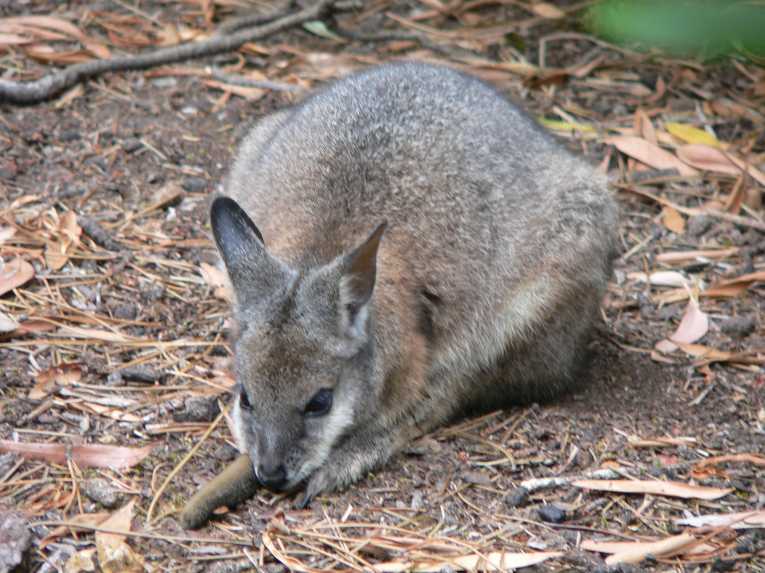Wallabies from down-under, famed as being the cute little cousins of the kangaroos, are more than just one-trick marsupials. As well as their nifty hopping mode-of-transport, they can put one over ponderous mammalian grazers in the gas-emitting department, too. In fact, a joint effort, from the University of Queensland, and the Commonwealth Scientific & Industrial Research Organization (CSIRO) in Brisbane, has established that wallaby-wind is as green as such emissions come - with 80% less methane. And wallabies could end up helping scientists in their quest to cut methane emissions from cows, sheep and cattle, across the globe.
The exciting field of livestock-emissions has literally exploded over the last few years, as researchers grapple with the perplexing problem of methane that is burped, and farted, from domestic livestock. Methane is a more powerful greenhouse gas than CO2, and so cutting back on its production is vital in the fight against global warming. A better understanding of when, and where, methane is produced by grazers helps. But finding ways to reduce emissions from source is more difficult.
For this study, published today in Science, the team - led by Mark Morrison from Ohio State University - turned to the Tammar wallaby. Previous studies had shown that wallabies have less methane-producing bacteria in their guts than other ruminants, such as cows and sheep. Both mammal ruminants and marsupials take similar approaches to getting the most out of their plant diets. They both make use of a second stomach, which ferments the plant matter - and it is the community of bacteria living there that the team were interested in.
By using an advanced gene-hunting technique, called metagenomics - which allowed them to home in on the exact make-up of the 500 bacteria in the wallaby's stomach - the researchers were able to find the bacteria responsible for the lowered methane. After isolating a strain of Succinivibrionaceae bacteria, and growing it in the lab, tests revealed that these bugs produce a different end-product - succinate - to the bacteria most commonly found in sheep stomachs.
Because related Succinivibrionaceae are also found in small numbers in sheep, it may be possible to find ways to coax them into becoming the dominant bacteria in our domesticated grazing animals. But that will require a lot more research into how wallaby-friendly bacteria will work in a sheep or cow's stomach.
Morrison said ''there has not been a lot of focus on those bacteria, especially from the context that they might contribute in any way to a reduction in methane production. Our findings with the Tammar wallaby were a bit of a surprise, but we think they provide an important clue for how rumen fermentation might be directed away from methane formation.'' For those waiting for a 'personal emissions' solution, the world of methane research seems likely to keep us on the edge of our seats, for just a little while yet.
Top Image: Tammar wallaby Credit: © Susan Flashman










